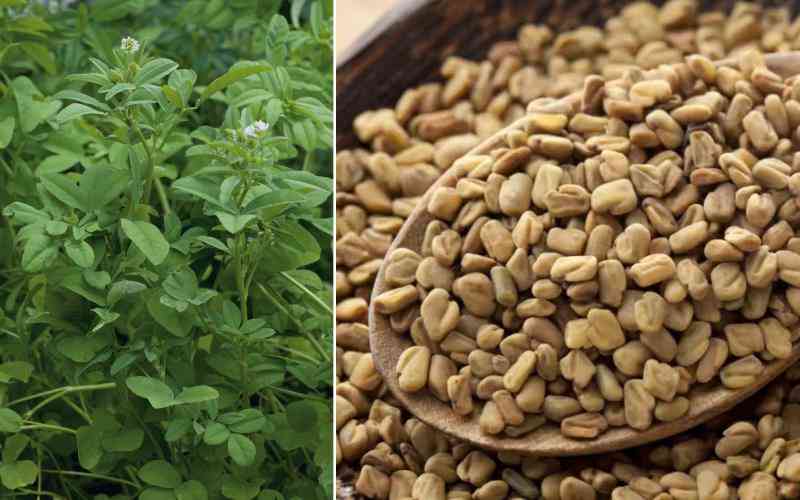Strengthening food safety in wet markets
From SARS to Covid-19. The history of some of the world’s greatest epidemics arising from handling food and animals in the wet markets keeps piling up.
In a succinct description, a wet market is an open air or closed marketplace where traders sell fresh meat, fish, produce, and other perishable goods. It is different from "dry markets" that sell durable goods such as fabrics and electronics.
Animals in wet markets such as chickens, fish, and shellfish are slaughtered on site in some of these markets. Though on rare occasions, others also trade in wild animals and their meat.
The name is derived from the liquid in these places. Picture the scenes of live fish flexing in tubs of water, melting ice keeping meat cold or the blood and innards of slaughtered animals. The name further gets its relevance on the fact that they deal in perishable goods that are considered wet compared to dry, durable goods.
They have a reputation for selling the freshest produce, meat and other food products, because a majority of the goods sold are locally grown in the region. In addition, wet markets are a source of livelihood to millions of households across the globe. However, controversy over foodborne disease outbreaks has increased public and institutional concern for food safety, and public health problems surrounding wet market food production, distribution, and storage systems.
Epidemiological findings have revealed that wet markets create the perfect breeding ground for viruses that are transferred from animal to animal and even animal to humans causing zoonotic diseases. In the last few decades, there has been a rise in the frequency of zoonotic disease outbreaks, including, Covid- 19, H7N9-AVIAN (2013), MERS (2012), SWINE H1N1 (2009), H5N1-AVIAN (2003), SARS (2003), and NIPAH (1999).
This leads to the nagging question on how to protect against the emergence of such dangerous diseases. This can only be addressed through ensuring the safety of food sold in the wet markets as per international food safety standards
How to keep food safe in wet markets
Infrastructure: Improvements on physical structures of wet markets such as stalls separating live animals. Add a bottom tray to animals’ cages to reduce faecal contamination of roads and surrounding areas when poultry are transported to and from the market. The market should also have adequate light, ventilation and flow of customers.
Sanitation: Ensuring adequate water supply, handwashing facilities, sufficient and appropriately placed toilets with proper drainage.
Training: Traders in the wet market on basic sanitation and food safety practices.
Inspection: Develop effective inspection systems and implement them regularly.
Disinfection: There should be regular disinfection and upgrade procedures to prevent build-up of pathogens and pests.
Limit number of animals per cage: This is to avert overcrowding that can cause poor health quality of the animals and birds, and can even lead to their death.
Content sponsored by MESPT through AgriFI Food Safety Programme funded by the European Union & DANIDA. The content does not necessarily express or reflect the official opinion of the European Union or DANIDA.
Want to get latest farming tips and videos?
Join Us
Share this article on social
 The Standard Group Plc is a multi-media organization
with investments in media platforms spanning newspaper print operations,
television, radio broadcasting, digital and online services. The Standard Group
is recognized as a leading multi-media house in Kenya with a key influence in
matters of national and international interest.
The Standard Group Plc is a multi-media organization
with investments in media platforms spanning newspaper print operations,
television, radio broadcasting, digital and online services. The Standard Group
is recognized as a leading multi-media house in Kenya with a key influence in
matters of national and international interest.
 The Standard Group Plc is a multi-media organization
with investments in media platforms spanning newspaper print operations,
television, radio broadcasting, digital and online services. The Standard Group
is recognized as a leading multi-media house in Kenya with a key influence in
matters of national and international interest.
The Standard Group Plc is a multi-media organization
with investments in media platforms spanning newspaper print operations,
television, radio broadcasting, digital and online services. The Standard Group
is recognized as a leading multi-media house in Kenya with a key influence in
matters of national and international interest.






